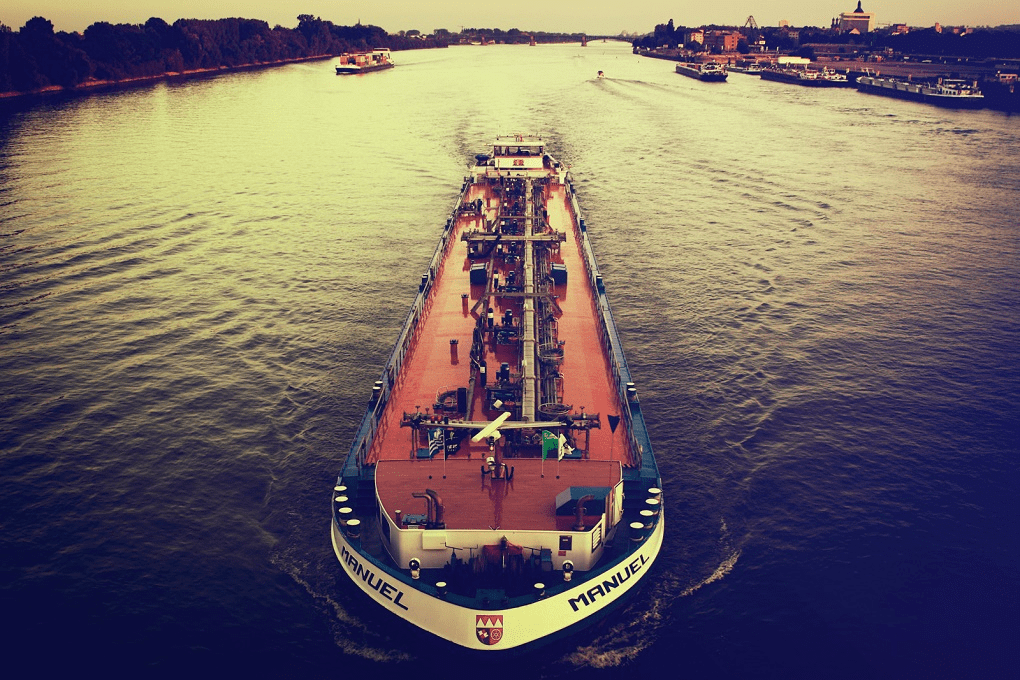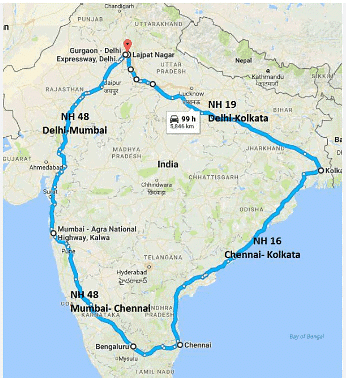Class 10 Geography Chapter 7 Question Answers - Life Lines of National Economy
Q1: What is the significance of airways as a mode of transport? Mention two merits and one demerit of airways.
Ans : Airways are the fastest and most comfortable mode of transport, easily crossing geographical boundaries and challenging terrains. They facilitate rapid international travel and play a crucial role in disaster relief, rescue operations, and quick response during calamities. A notable merit is their speed, covering vast distances within hours, but a drawback is the high cost, making air travel less accessible to the common people.
Q2 : Which are the three important networks of pipeline transportation in the country? What is the significance of developing pipeline transportation in India?
Ans : Three key Indian pipelines are:
(a) Assam to Kanpur, connecting upper Assam oil fields to Kanpur via Guwahati, Barauni, and Allahabad, with branches to Haldia, Maurigram, and Siliguri.
(b) Salaya to Jalandhar, running from Gujarat to Punjab via Viramgam, Mathura, Delhi, and Sonipat, with branches to Koyali, Chakshu, and other locations.
(c) Gas pipeline from Hazira in Gujarat to Jagdishpur in Uttar Pradesh, passing through Bijapur in Madhya Pradesh, with branches to Kota in Rajasthan, Shahjahanpur, Babrala, and other places. These pipelines boost inland refineries like Barauni, Mathura, and Panipat, meeting inland market demands and facilitating gas-based fertilizer plants in agricultural regions through efficient transport.
Q3 : What are the advantages of waterways as a means of transport? Mention the names of three National Waterways in India.
Ans : Waterways are the cheapest mode of transport. Neither construction cost, nor maintenance cost is required for the waterways as they use the rivers, lakes, seas and oceans as highways. They are suited for the transport of bulky and heavy raw materials. Waterways is a fuel-efficient and environment-friendly mode of transportation. The boats and steamers, even if mechanised, consume much less fuel and do not pollute the surroundings.
 Indian National Waterways
Indian National Waterways
The following waterways have been declared as the National Waterways by the Government :
(a) The Ganga river between Allahabad and Haldia (1620 km) – National Waterway No. 1.
(b) The Brahmaputra river between Sadiya and Dhubri (891 km) – National Waterway No. 2.
(c) The West-Coast Canal in Kerala (Kottapuram – Komman, Udyogamandal and Champakkara canals - 205 km) – National Waterway No. 3.
Q4 : Which two modes of transport are widely used within the northeastern states of India? Why?
Ans : In the northeastern states of India, characterized by challenging terrain, dense forests, numerous rivers, and international borders, road and rail infrastructure is limited. To overcome this, inland waterways, primarily utilizing the Brahmaputra and its tributaries, serve as a cost-effective and convenient means of transportation. The Brahmaputra river segment between Sadiya and Dhubri in Assam is designated as National Waterways No. 2.
Additionally, air travel is a preferred mode, especially during heavy rainfall and floods, as it easily navigates geographical obstacles. Subsidies and special provisions in air transport benefit the people in these northeastern states.
Q5: Which port serves the rich hinterland of the Ganga-Brahamputra basin? Write a short note on this port. What is the significance of the ports in India’s economy?
Ans : The Kolkata port, located inland on the left bank of the River Hooghly in West Bengal, serves the Ganga-Brahmaputra basin states like West Bengal, Assam, Bihar, and eastern Uttar Pradesh. Notable exports from this region include tea, jute, cotton textiles, coal, lac, and engineering goods. Despite being an inland tidal port, it faces siltation issues, necessitating constant dredging. As the most crucial port in the eastern region, Kolkata port plays a significant role in India's international trade, with ports holding immense economic importance, handling 95% of the country's trade volume and 68% in terms of value through ocean routes.
|
66 videos|630 docs|79 tests
|
FAQs on Class 10 Geography Chapter 7 Question Answers - Life Lines of National Economy
| 1. What are the main modes of transport in India and their significance? |  |
| 2. How do communication systems contribute to the national economy? |  |
| 3. What is the role of agriculture in the Indian economy? |  |
| 4. Why is tourism considered an important lifeline of the national economy? |  |
| 5. What are the challenges faced by transport and communication sectors in India? |  |

















